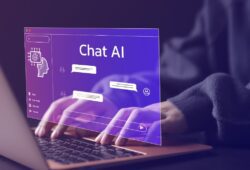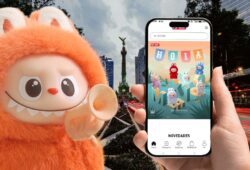Compared to the last five years, in May 2023, both “GenerativeAI” and “Large language models” showed global peaks in popularity (Google Trends). The evolution of innovations like AI, DL, and cloud storage, among others, is expediting their development. Acumen Research and Consulting (2022) projects that the Generative AI market will reach USD 110.8 billion by 2030. Further, it projects a CAGR of 34.3% from 2022 to 2023 (Acumen Research and Consulting, 2022), while LLMs show increasing interest and hype.
These burgeoning technologies are transforming numerous industries. As they become more relevant, valuable use cases start rising. McKinsey’s report (2023) on the economic potential of Generative AI places marketing and sales as one of the four areas that will account for about 75% of the value added by GenAI.
Neil Patel’s research, which included over 8,000 CMOs, showed that 98% affirmed that they plan to invest in AI tools this year (2023); their main reasons were saving money, reducing spending on content creation, and decreasing headcount in the content department. Additional benefits like productivity, a boost in performance and efficiency, and the ability to create and test content at an accelerated pace encourage marketers to explore these technologies. Marketers know the value of creating engaging content and customer-centric experiences to connect with consumers. In this regard, Generative AI can be used to fast-track iteration and the conception of ideas, as a brainstorming tool, and to generate multi-modal content.
According to McKinsey and Company (2023), some of its most optimistic use cases include lead identification, marketing optimization –including AB testing and SEO strategies– and personalized outreach.
Nevertheless, these benefits come with challenges. By 2025, Gartner projects that large organizations will synthetically generate 30% of outbound marketing messages. As stated by BCG&;s global CMO, Jessica Apotheker, brands and companies should “sharpen their brand identity” to keep creating “content that sounds like” them. That is one of the many challenges synthetically generated content will present, along with biased content.
Companies need to start their GenAI journey by exploring and experimenting. That implies that advertisers and content creators should discover how to leverage these tools to gain a competitive advantage.









